
During a recent site visit for a green building project, I noticed how small problems on site—like disorganised material storage, unsafe working conditions, and poor sanitation—can lead to bigger sustainability issues. We often focus on how sustainable a building is after it’s finished. But the truth is, sustainability starts much earlier—during construction. This stage affects how we use resources like energy, water, and materials, and how we treat the people working on the project.
This blog shares some personal observations and thoughts about how we can help make construction sites cleaner, safer, and more responsible.
Proper material storage helps reduce waste, prevent damage, and improve recycling. Construction materials like steel, granite, and pipes should be stored in marked zones like “Steel Yard,” “Granite,” or “Waste.” Covering fine materials prevents dust pollution and resource loss. A well-organised site also supports better inventory tracking and resource efficiency
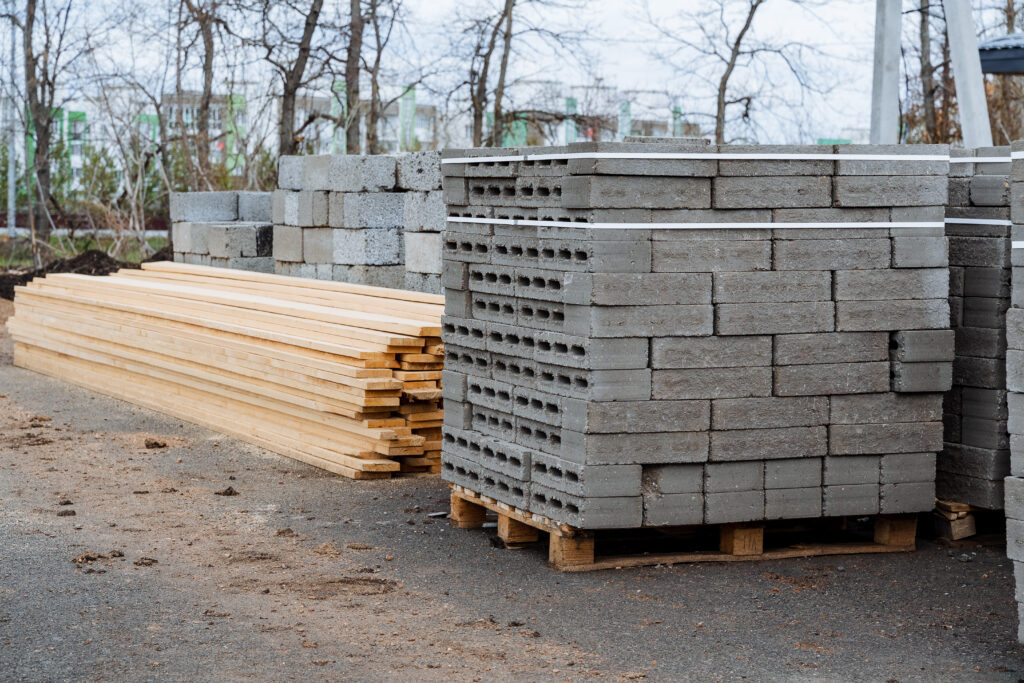
Safe construction sites start with the basics—helmets, gloves, boots, and safety barriers. Providing protective equipment and securing risky zones with guardrails or warning tape not only prevents injuries but also shows respect for the workforce. Safety should never be optional—it’s a core part of responsible site management.
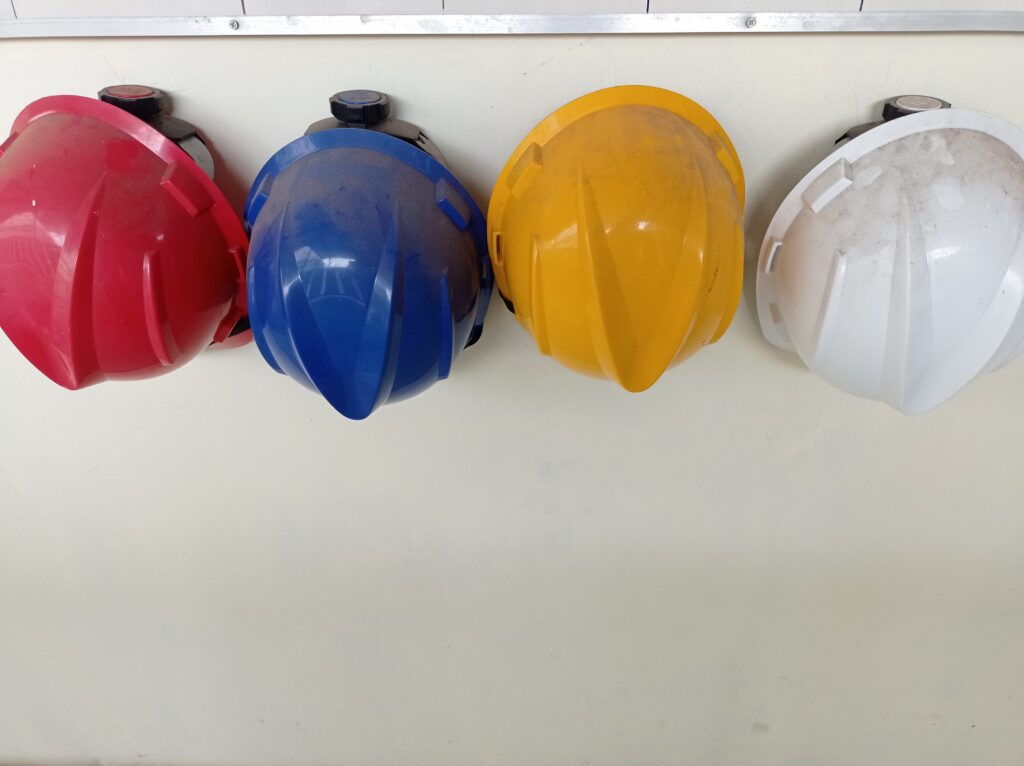
A sustainable site must also care for its people. Caring for construction workers is central to ethical and sustainable building. Providing safe living spaces, clean sanitation, and access to drinking water is not just a requirement—it’s a responsibility. Basic services like proper toilets, ventilation, lighting, and childcare support can improve worker well-being and productivity. A project that invests in its workforce is more likely to stay on schedule, reduce accidents, and maintain quality. Labour welfare is a reflection of the values a project upholds.
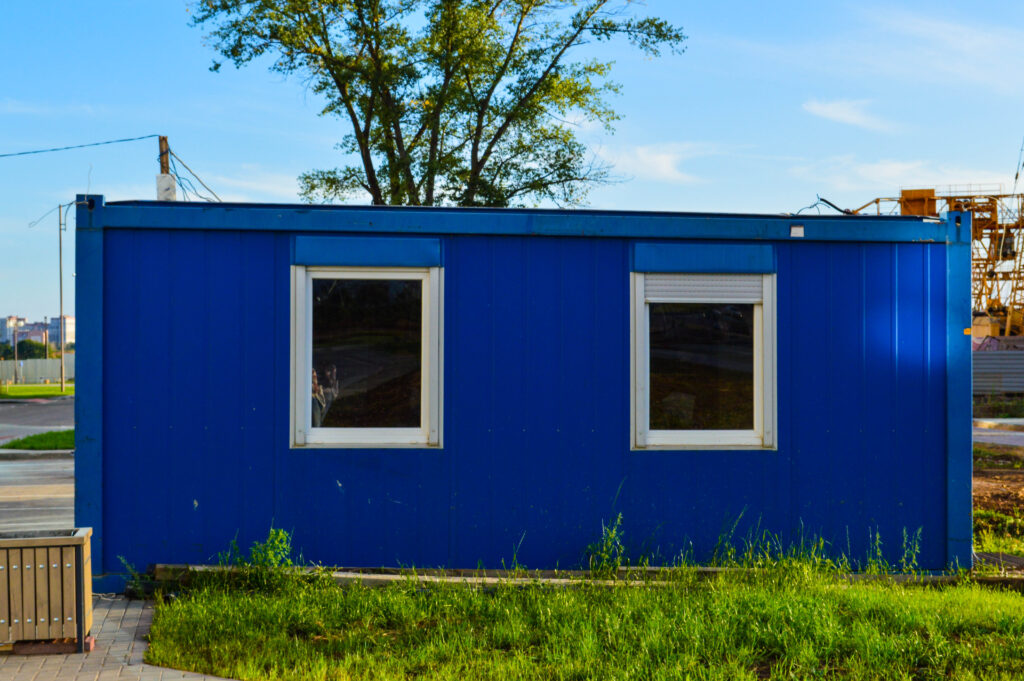
Sustainable planning includes preserving trees and green areas when possible. These elements can reduce site temperature, prevent erosion, and maintain ecological balance. Protecting root zones and reusing topsoil after testing are small but meaningful steps toward responsible site development.
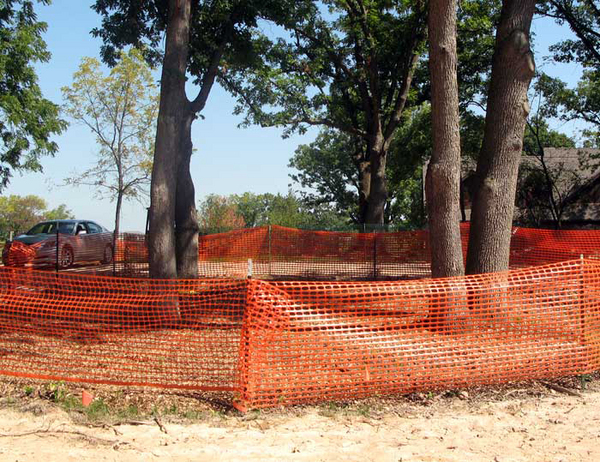
Proper drainage avoids waterlogging and maintains hygiene on site. Simple systems for collecting and reusing rainwater or surface runoff help save water and reduce environmental impact. Water management should be part of every site’s sustainability plan.
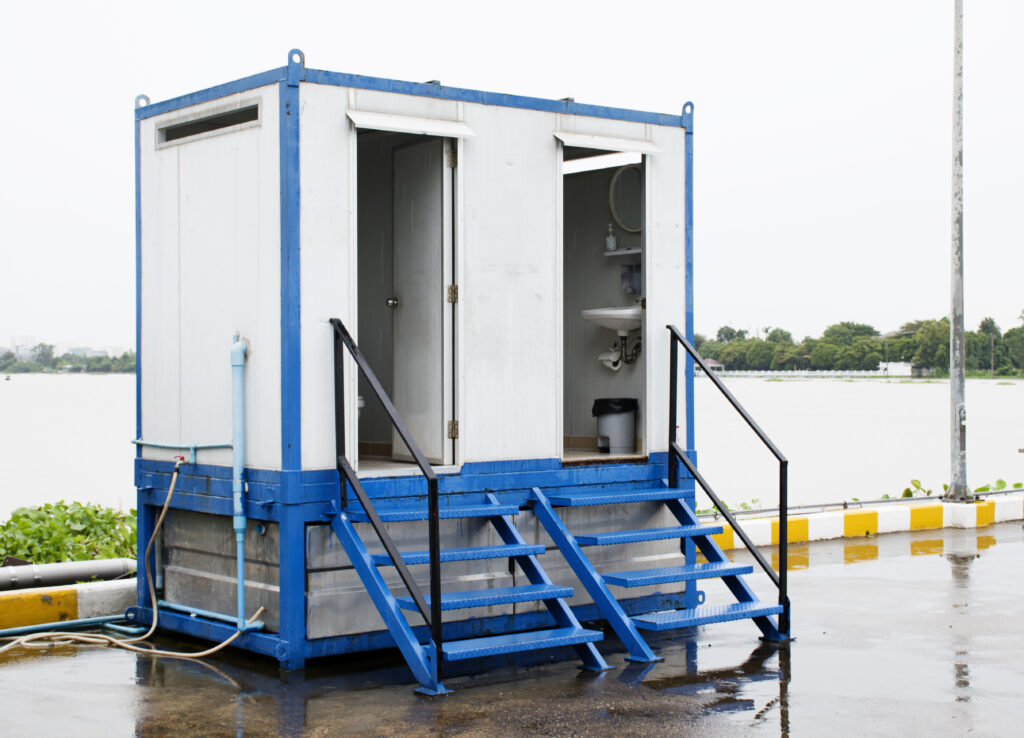
Greener construction isn’t just about energy ratings or certifications—it’s about daily choices and values. From storing materials properly to supporting workers’ basic needs, small actions can have a big impact. Sustainability and worker welfare must go hand in hand.
If sustainability starts after the building is finished, we’ve already missed the opportunity to build better.
